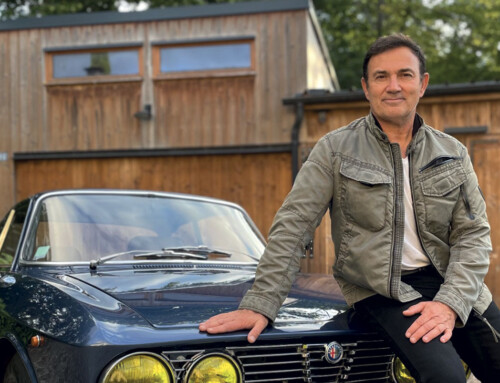For many years, pedal power has represented a real alternative to the motor car in northern Europe, and interest in the bicycle is now growing rapidly in other countries, too, as it is a sustainable means of transport that is particularly well suited to the needs of urban mobility.
The cycle segment is therefore fertile ground for the creativity of designers, as documented by a number of recent proposals. In general, it appears that cycle design is exploring two main directions, with one applying high tech solutions and the other minimising forms to the bare essential, emphasising the simplicity of the components.
The prototype city bike by Alberto Del Biondi combines visionary forms with high performance, with its ultra-light carbon and nivacrom frame. Apparently devoid of cables – which are concealed within the ergonomic handlebars – the bike rides on spokeless and hubless perimeter-mounted wheels, with drive transmitted by gears hidden inside the frame.
The Danish company Biomega, founded in 1998 by designer Jens Martin Skibsted, has been actively exploring technological innovation for years, working in collaboration with a number of renowned designers. This has spawned numerous interesting models such as the MN by Marc Newson, the first use of a special aluminium developed in the automotive sector for a cycling application, and its latest offering Bamboo, by Ross Lovegrove, where ultra-strong bamboo is used for the tubular elements of the bike, which is hand-built in Denmark.
The article continues in Auto & Design no. 181










